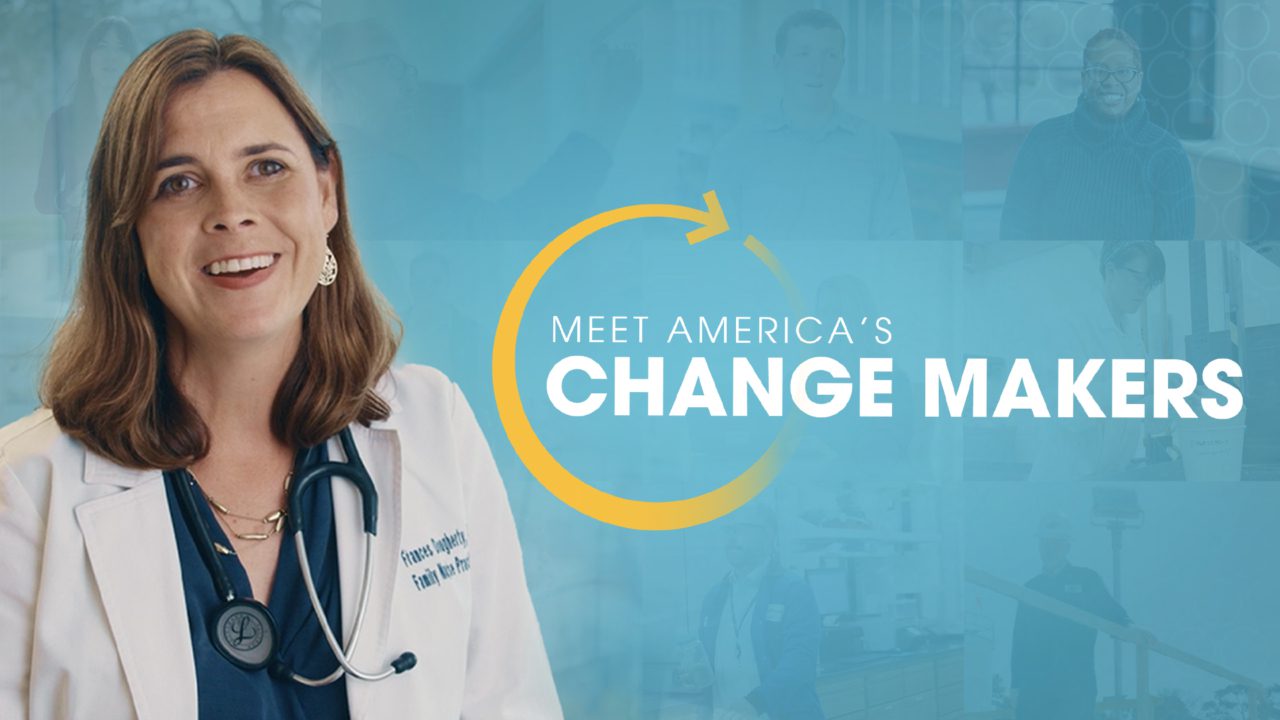Meet Fran: nurse practitioner, Braskem
Fran likes taking care of others.
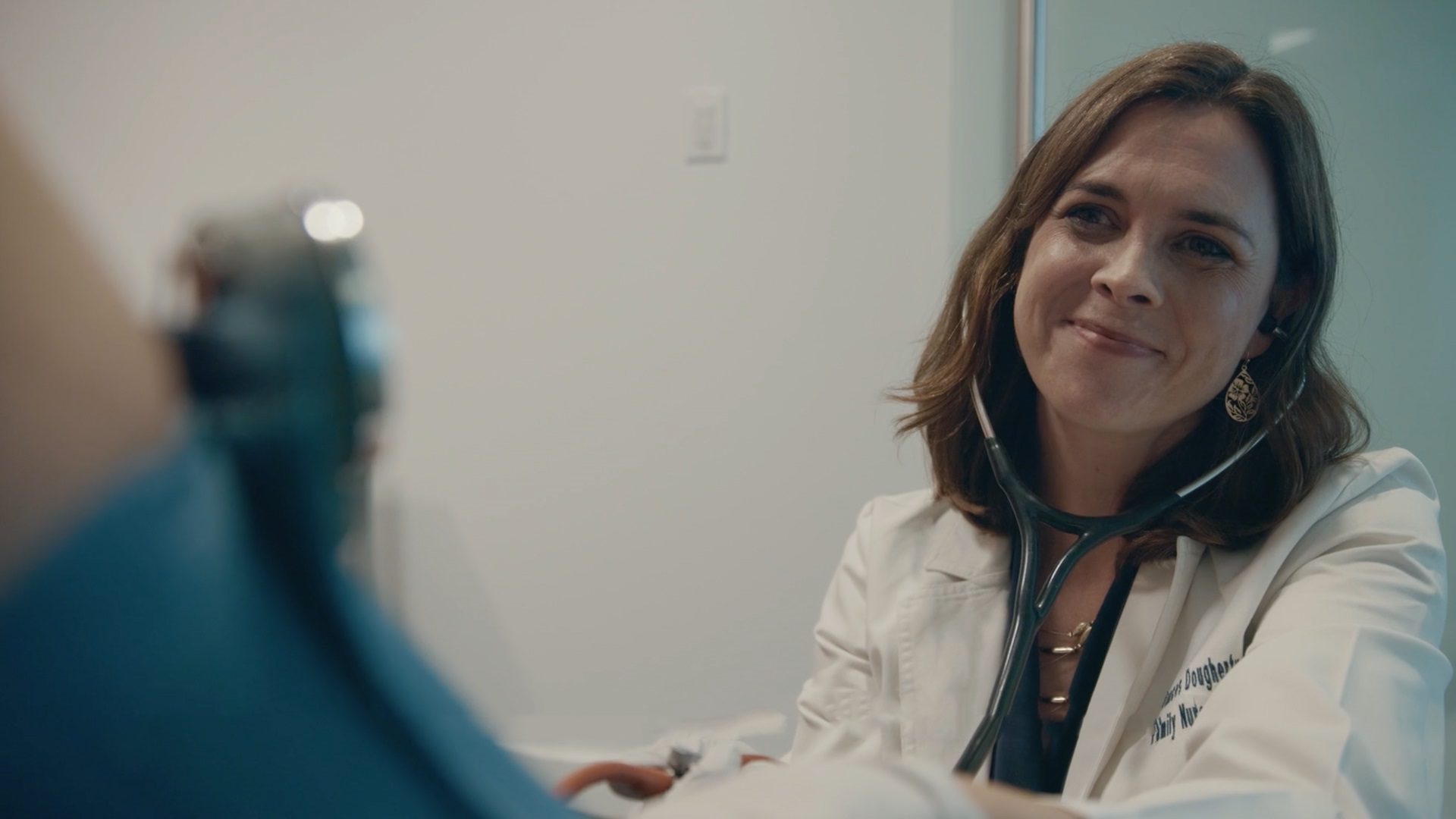
“I knew that I always wanted to help people. I hate being sick myself, the feeling of just being out of commission. So that’s why I got into healthcare, to help make it a little bit easier on the next person.”
But she didn’t always want to be a nurse.
“When I was a teenager, I worked as a candy striper in the hospital. People would ask me, ‘Do you want to be a nurse or a doctor?’ And I said, ‘No way.’ But as I got more experience with the hospital system, I realized that there were so many opportunities to just help someone.”
One defining moment solidified her career path.
“I remember one time when my friend and I were complaining about oh, this is a lot of work. You know, we’re making all these beds. And it was a lot of work for a teenager. And then I heard the patient in the bed next to me through the curtain say, ‘Aren’t these girls just angels of mercy?’ And so, it really hit me.”
Now Fran helps take care of hundreds of employees at Braskem. And her co-workers create many of the materials she needs to do her job as a nurse. Materials that help protect medical professionals. Help shield against airborne viruses. Help keep disease at bay.
In early 2020, over 80 of these workers slept on site at Braskem’s plastic making facilities in Pennsylvania and West Virginia. For 28 days they worked 12-hour shifts around the clock to create materials needed by companies that make protective medical equipment to fight the pandemic.
How does she describe her role?
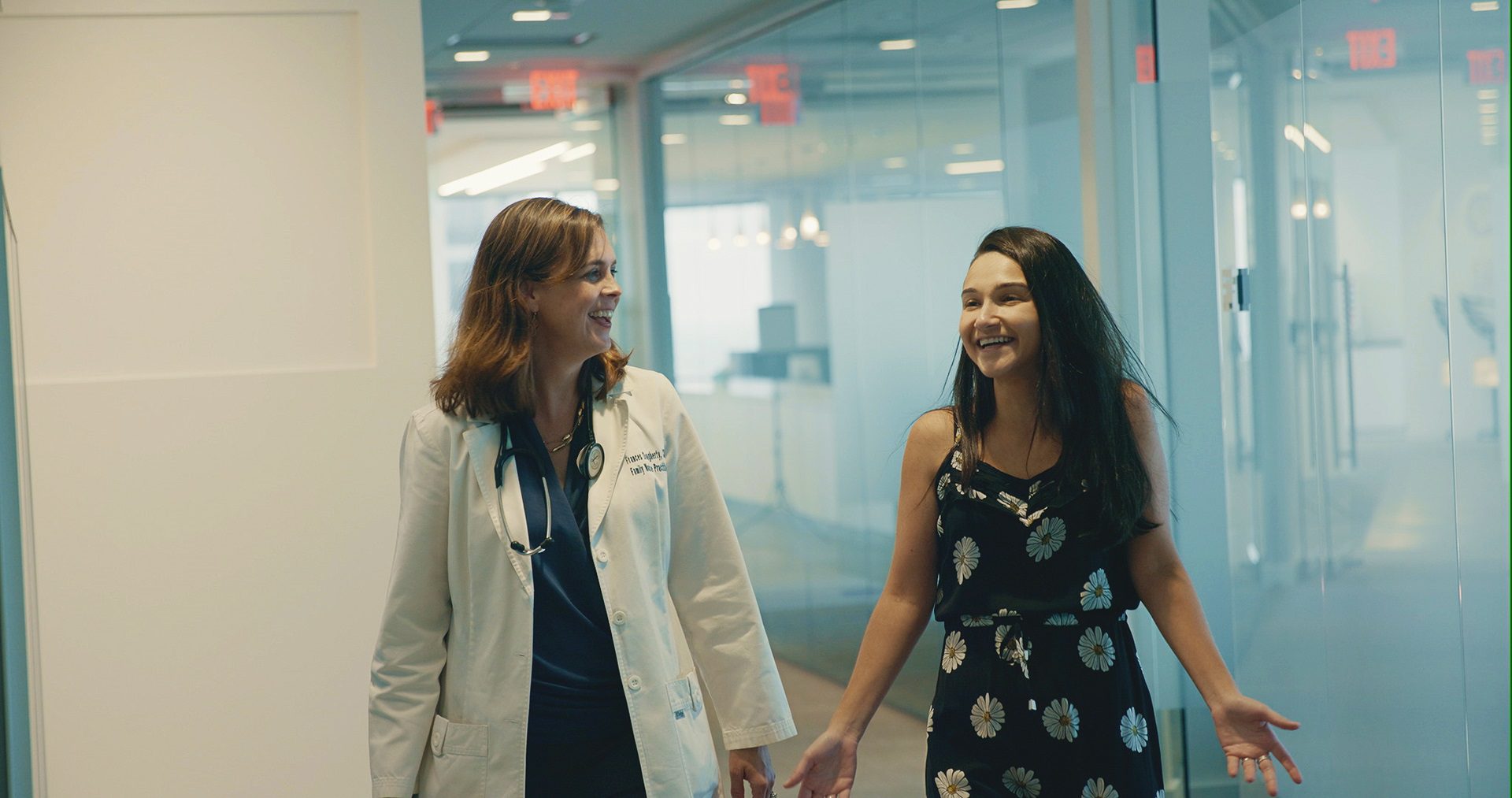
“I work in the plastics industry to take care of the people that make plastics. So, my role is to make sure that our team members are safe and healthy, and that they can go to work tomorrow.”
Meet Fran. One of America’s Change Makers.
She guides her coworkers through a pandemic. Answers their tough medical questions. Helps them stay healthy and safe. And she’s fully aware of the outsized role played by the very materials her company makes.
“Plastics are used in healthcare, in many ways. From something as simple as a sharps container, to syringes for insulin or the IV tubing in the ER. If plastics weren’t there, people wouldn’t have as good of an outcome.”
When the pandemic hit, Americans suddenly became very familiar with a previously little-used acronym.
“PPE and plastics go hand in hand, no pun intended, right? We use plastics in gloves and our masks, our PPE that helps keep both patients and our healthcare workers safe. Even when you think of the gowns that we put on in the ER, there’s plastic lining those as well to make sure that they’re water-resistant and helpful for our workers.”
Sometimes it’s just simple items.
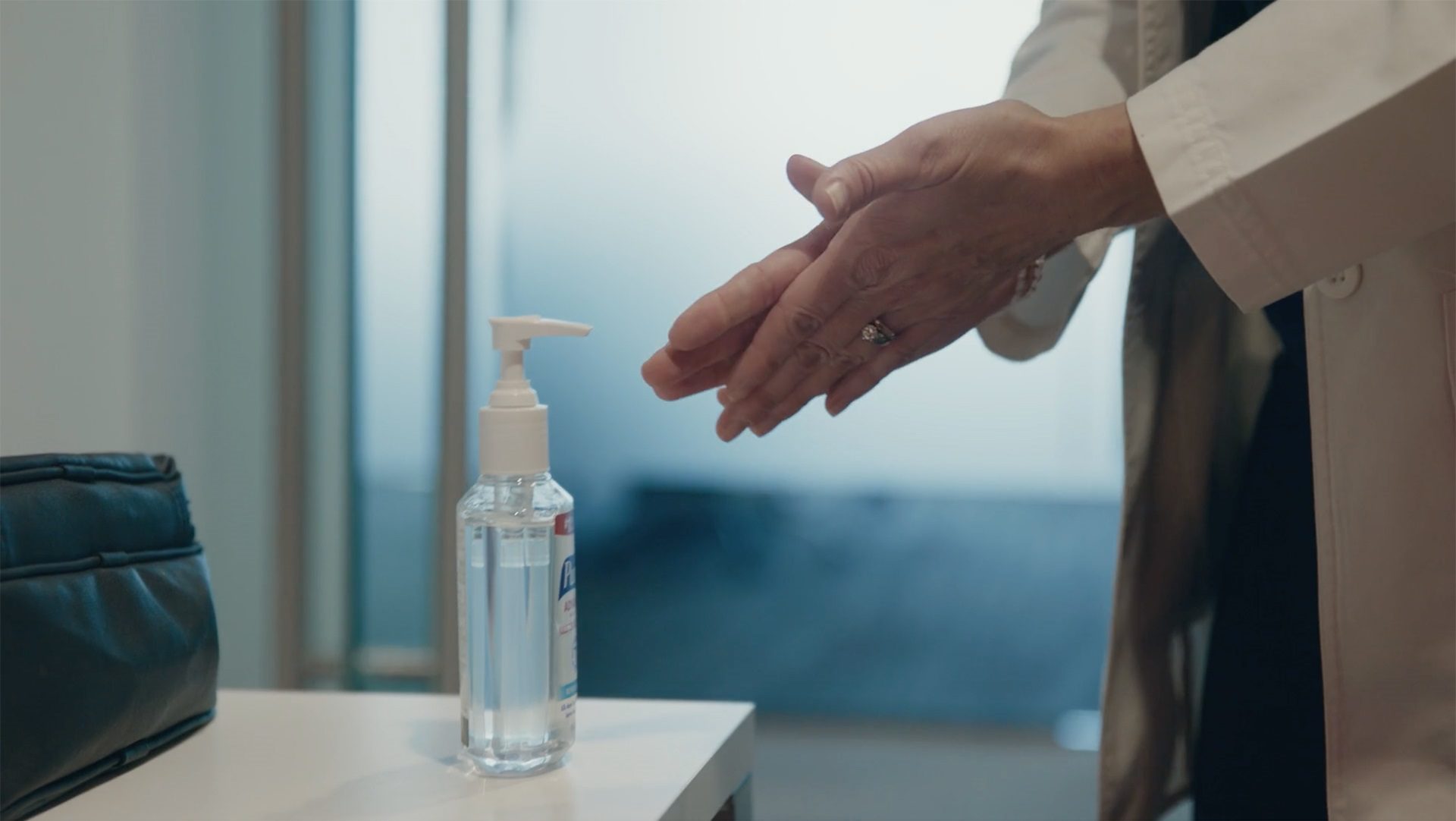
“Today you’ll probably see a hand sanitizer pump next to you. You’ll see a soap container in the bathroom. In terms of infection control, plastics are really important. Something as simple as being able to change gloves is an important method. Pretty much anything that is sterilized is wrapped in plastic to make sure that it remains clean until it’s at the patient’s bedside.”
And sometimes it’s much more complex.
“For example, the cardiac stent, so it used to be a metal stent, almost like the spring in your ballpoint pen. But now we have the option of a dissolvable stent that’s made from plastic. So just in that one example, we’ve come a long way.”
“We also see something like a prosthetic device that was so heavy for some of our amputees. Now, it’s more comfortable because it’s molded to their own body, or maybe it’s lighter weight for them to carry around 24/7. And there are plastic sutures that dissolve nowadays, so then you don’t have to go back and get them taken out.”
While medical plastic typically is not recycled, Fran sees its everyday contribution to sustainability.
“In the healthcare community, when it comes to single-use plastics, they actually may be saving a life in terms of single-use IV bags. If it’s not sterile and clean, then the waste that potentially could be produced would be so much greater. So, it’s actually preventing waste in the long run by preventing infection, by preventing a cascade of events that may be more costly and more detrimental to our environment.”
In her 20 years as a nurse, she’s seen the advances enabled by materials that her co-workers make. Materials that help her contribute to their health and safety. Now and in the future.
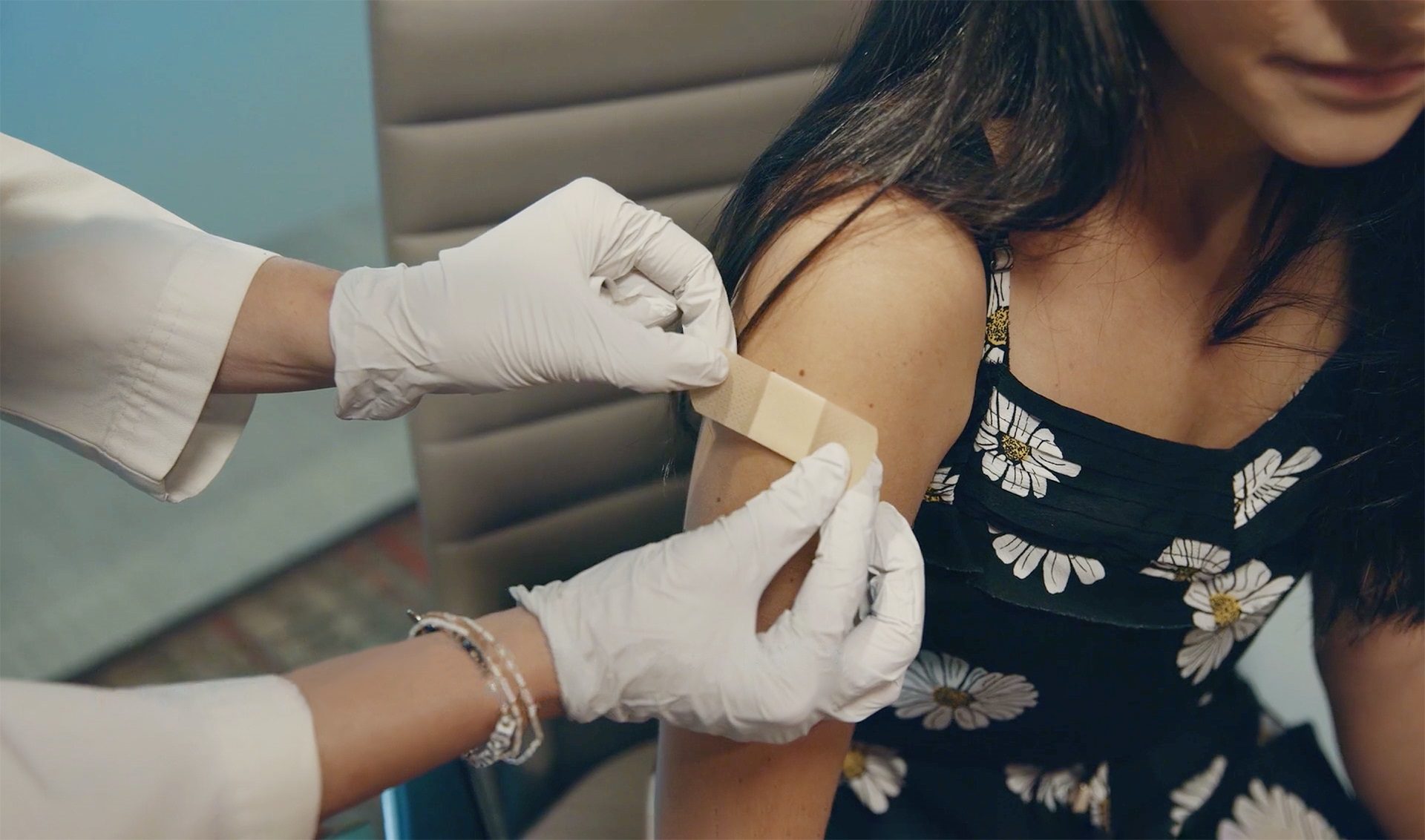
“Plastics are very much a part of all that we do, and the innovation of tomorrow. I think it’s important that we’re always thinking about tomorrow. So, whether it’s cutting down our waste or making sure that we’re creating a new product that’s sustainable. That’s something that we should always be thinking about so that we can be both innovative and protective of our environment.”
We wish Fran and her co-workers continued success.

